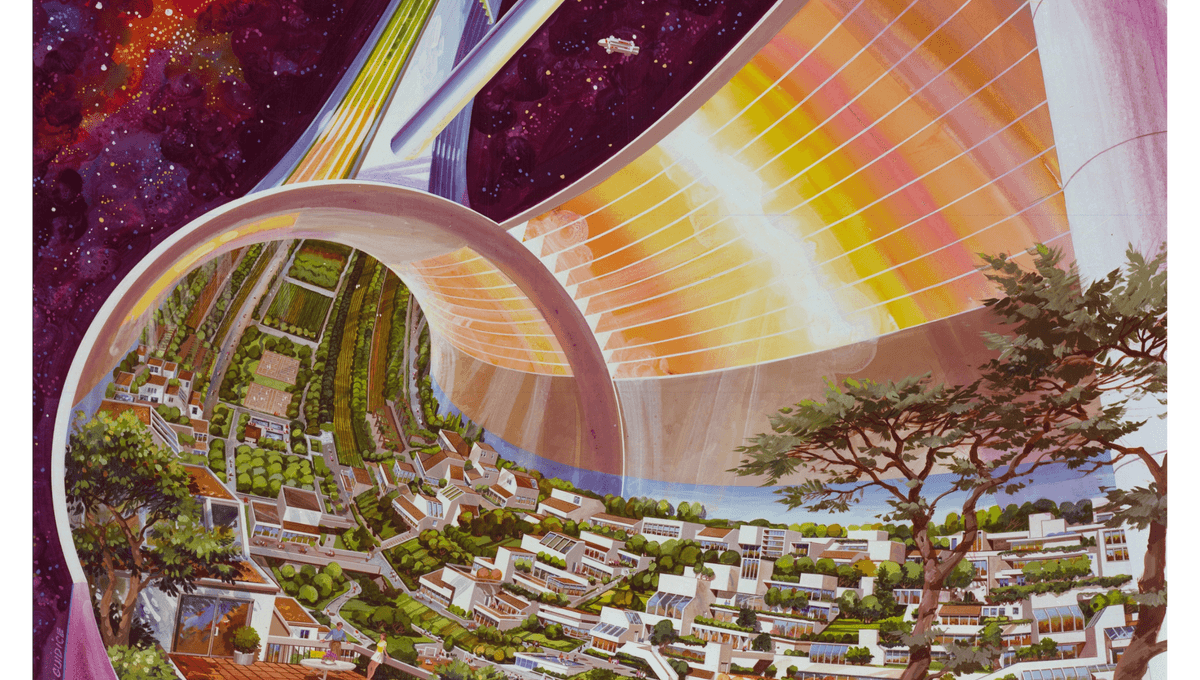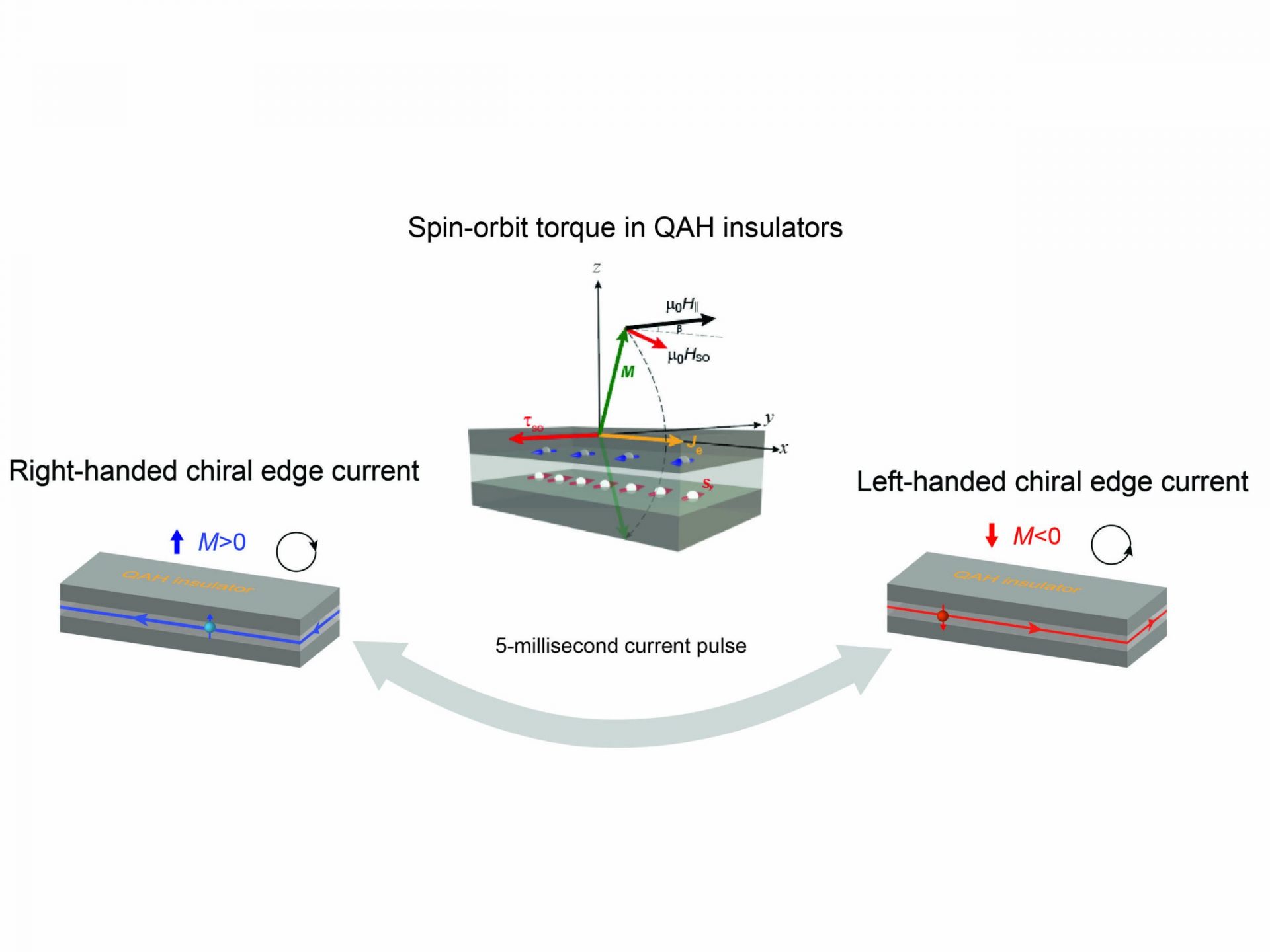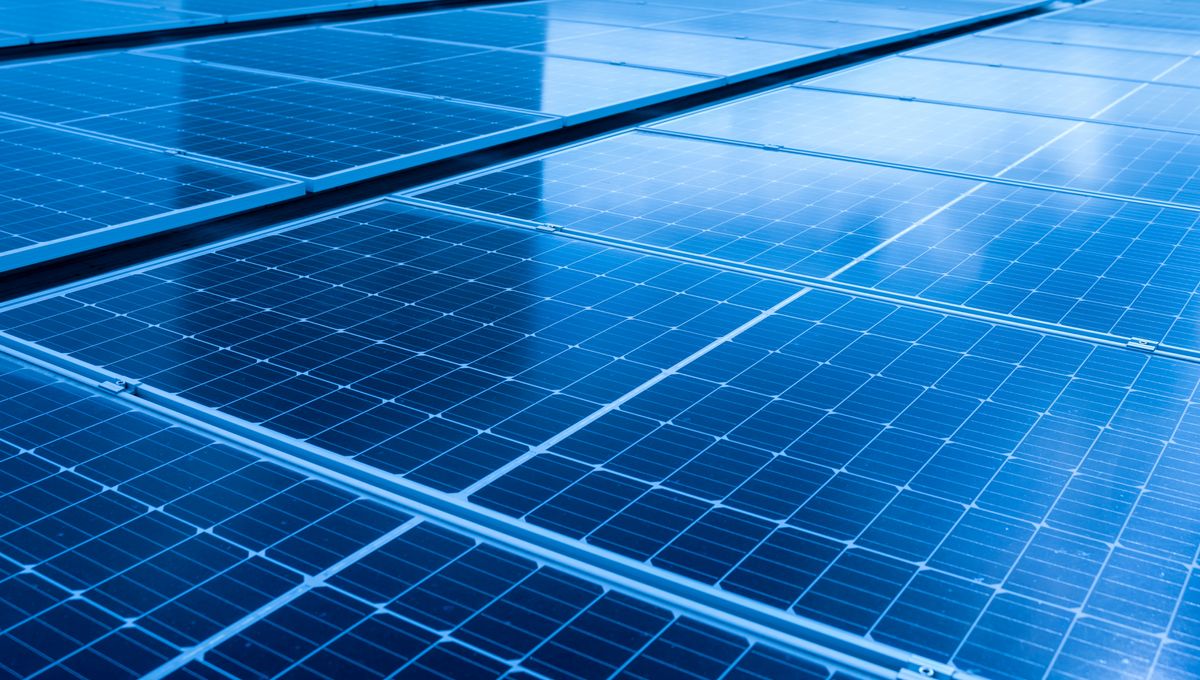Imagine a future where we have the option to live on a different planet, moon, or even a city-sized space station. Scientists would be able to explore new planets, making endless discoveries and innovations. The possibilities would be as vast as the universe itself, allowing us to see further into the macrocosm than we can currently fathom.
But before we can reach that future, we must take the first steps: establishing planetary outposts and orbital space cities. Fortunately, there are many exciting developments on the horizon that are likely to become a reality in the next few years.
Necessity and Benefits of Space Exploration
This new era of space exploration will bring numerous benefits, not just for those living off Earth, but for everyone on our planet. The need to explore space and expand human civilization is crucial for our survival. With the possibility of worldwide extinction events, such as asteroid impacts, climate change, and nuclear disasters, it’s essential to have humans spread across different worlds. This diversification could be the smartest move we make.
By establishing human settlements on multiple planets and star systems, we ensure the continuity of human life. With careful planning, we can also preserve Earth’s plant and animal species in our new space civilizations. Additionally, the advances in space travel that are about to commence will bring significant benefits to us right now. They will provide us with new resources, scientific discoveries, and advancements in fields like health, medicine, technology, and infrastructure.
Space Travel: Problems and Solutions
Space travel comes with its fair share of challenges. Radiation, lack of oxygen, microgravity, pressure changes, extreme temperatures, and the threat of biological contamination are just a few of the obstacles we must overcome.
To protect against radiation, we have two options: passive shielding and active shielding. Passive shielding involves using physical materials like polyethylene or lead to block radiation. Active shielding, on the other hand, utilizes electromagnetic fields similar to Earth’s magnetic field.
When it comes to air, we either bring it with us or generate it from local resources. Currently, we create oxygen in space through water electrolysis or by converting carbon dioxide into oxygen and carbon. These methods ensure a sustainable supply of breathable air.
The lack of gravity in space can have severe health effects, but we can create artificial gravity by rotating space stations. Researchers are also developing smaller rotating systems that can fit inside a room on a space station, providing occupants with regular exposure to gravity and counteracting the negative effects of prolonged microgravity.
One fascinating idea is to use an asteroid to build a spinning space station, which would not only create artificial gravity but also provide protection from radiation. Underground settlements are also being considered due to their safer temperatures and radiation shielding.
Some caves on the Moon, which maintain a comfortable temperature, could be potential sites for future lunar settlements. Space stations, interplanetary settlements, and space suits need to be properly pressurized and made of materials that protect against radiation and extreme temperatures. We are continuously working on improving these technologies.
Orbital Space Stations and Planetary Outposts Coming Soon
Human space living is still full of unknowns, but top space organizations are developing innovative ways to not only survive but thrive in space. Here are some exciting plans from private enterprises and agencies:
Orbital Reef
The Orbital Reef, designed by Blue Origin and Sierra Space, will be a space station for long-term living, commerce, research, and tourism. It will offer breathtaking views of Earth and amenities such as medical care and recreation opportunities. Leasing spaces will be available for various purposes, including opening a space hotel or setting up a research lab. Orbital Reef is projected to be operational by 2027.
NASA Artemis Missions
The Artemis Missions, led by NASA, include establishing a base camp on the Moon’s surface and a gateway spaceship in lunar orbit. These missions are in preparation for future Mars settlements. Artemis I, an uncrewed flight test, launched








